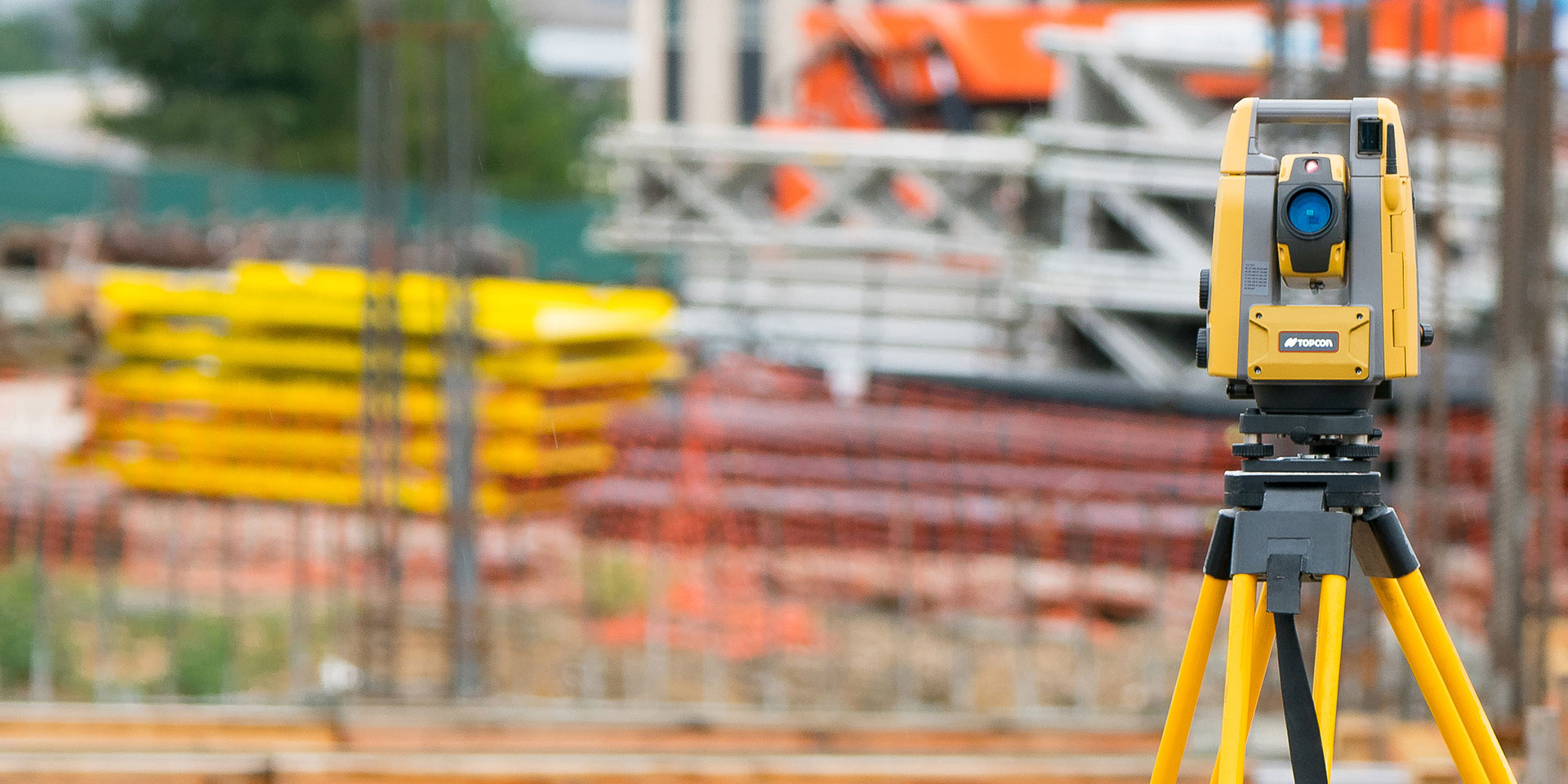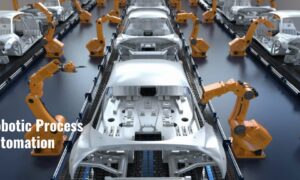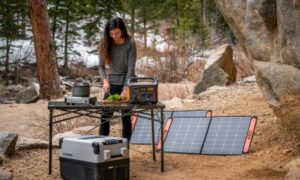Surveying has evolved significantly from traditional manual instruments to cutting-edge automated technology. Among the most significant advancements in the field is the robotic total station, an innovation that blends precision, automation, and user efficiency into one powerful tool. For professionals who demand accuracy and productivity on job sites, robotic total stations have quickly become the gold standard.
These tools are not only transforming how surveyors work but also redefining expectations in terms of speed, safety, and results. If you’re aiming for high-precision outcomes and reduced field time, understanding the capabilities of the latest robotic total stations is essential.
The Evolution of Total Stations
Traditional total stations require two operators—one to manage the instrument and another to hold a prism or reflectors. While these devices provided significant improvements over older transit systems, they still demanded human coordination and could be labour-intensive in complex projects.
Robotic total stations took a giant leap forward by automating many of these processes. With remote control, auto-targeting, and tracking features, a single person can now conduct detailed surveys with accuracy that rivals that of multi-person crews. This evolution has significantly improved workflow, minimized human error, and enhanced overall surveying precision.
Why Robotic Total Stations Matter
When every millimetre counts, accuracy is non-negotiable. Robotic total stations offer not only reliable measurements but also real-time responsiveness in demanding field conditions. Their versatility allows them to adapt to diverse surveying needs—from construction layout to topographic mapping.
These devices utilize sophisticated technology to track a moving prism, maintain line of sight, and communicate data wirelessly with a field controller. The result is a seamless and streamlined process that reduces rework and delivers data faster than traditional methods.
Enhanced Efficiency
One of the primary advantages of robotic total stations is the ability to work solo. Surveyors can manage every aspect of the job with a controller in hand—navigating the site, marking points, and collecting data without assistance. This solo operation results in increased productivity with fewer personnel, leading to significant time and cost savings.
Accuracy and Range
Modern robotic stations are equipped with advanced sensors and processors, providing superior angle and distance measurement capabilities. Whether you’re dealing with long baselines or tight construction tolerances, the system remains stable, responsive, and highly accurate, even in variable conditions.
Smart Features
Some of the newest models come equipped with intelligent automation features, including obstacle avoidance, auto-calibration, and cloud syncing. These features enhance data security, improve the consistency of results, and reduce manual adjustments in the field.
Choosing the Best Robotic Total Station
Finding the best robotic total station depends on several key factors, including the type of work, environment, connectivity requirements, and budget. While many options exist, not all are created equal. The ideal system should strike a balance between durability, accuracy, ease of use, and software compatibility.
In the middle of a project, you don’t want to be slowed down by outdated interfaces or complicated calibration processes. The best systems are designed with user experience in mind—featuring intuitive controls, crisp data displays, and robust performance.
Look for features such as:
- Long-range prism tracking
- Reflectorless measurement capabilities
- High angular accuracy
- Weather-resistant housing
- Fast data transfer and integration with popular CAD or GIS software
Professionals who rely on robotic total stations often value consistency above all else. A tool that works seamlessly day after day, no matter the terrain or temperature, is a true asset.
Applications Across Industries
Robotic total stations are widely used in various sectors, including civil engineering and construction, as well as mining and utility mapping. Their ability to handle diverse terrain and project requirements makes them indispensable on large-scale and precision-critical jobs.
Construction Layout
In the fast-paced construction environment, the need for accurate layouts is crucial. Robotic total stations streamline the layout process by enabling surveyors to mark and verify positions with millimetre-level precision, ensuring that structures are built according to exact specifications.
Infrastructure Projects
From roads and bridges to tunnels and rail systems, infrastructure projects require meticulous alignment and geometry. Robotic total stations provide the consistent tracking and error-free data needed for long-term projects with strict tolerances.
Land and Boundary Surveys
Whether defining property lines or mapping topography, robotic total stations simplify boundary surveys by automating measurements and reducing on-site time. They’re instrumental in uneven or inaccessible terrain where manual setups would be challenging.
The Future of Surveying
As the demand for smart infrastructure and advanced construction methods continues to grow, the tools of the trade must evolve to keep pace. Robotic total stations are part of a broader trend toward automation, digital workflows, and connected job sites.
Surveying is no longer just about collecting data—it’s about delivering insights, enabling collaboration, and driving efficiency. With robotic total stations at the centre of this shift, professionals can expect even more integration with drones, AI, and cloud platforms in the years ahead.
Final Thoughts
Precision is the foundation of every successful surveying project. With the rise of robotic total stations, surveyors now have access to tools that not only meet but exceed the demands of modern job sites. Whether you’re laying out a commercial building, mapping a remote hillside, or verifying infrastructure alignment, robotic technology ensures your data is fast, accurate, and dependable.
Investing in the best robotic total station means investing in your team’s efficiency, accuracy, and long-term success. In a field where every measurement matters, the right tool can make all the difference.



































